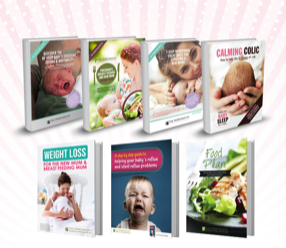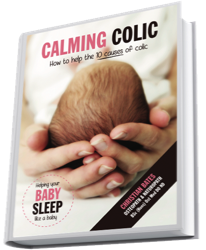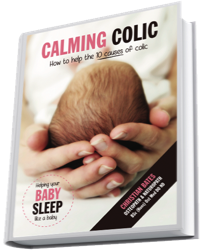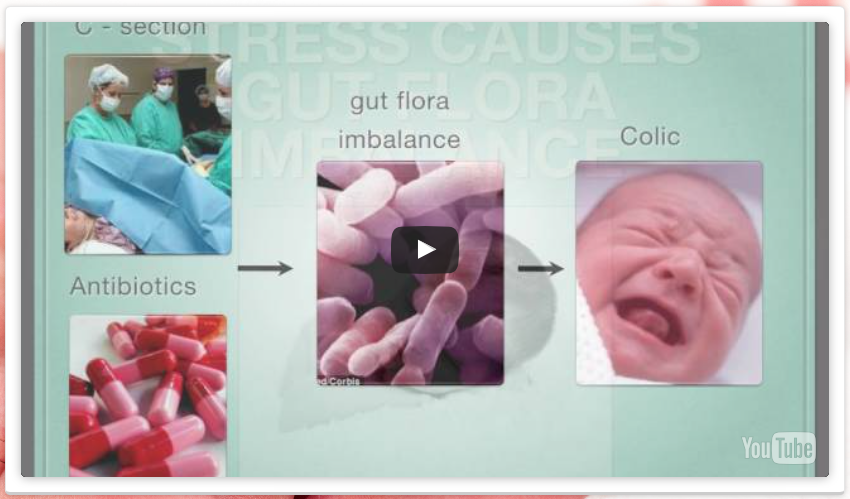Call to book or for more information 01444 410944
Does your baby hate laying on their back? Read on to find out why and what you can do
Believe it or not this is a very common issue with the babies that consult me for cranial osteopathy that they simply hate laying on their back. This means as a mother you can’t really get anything done easily as you are constantly having to hold your baby!
It also means they won’t sleep that well if you can’t lay them down. You probably end up propping yourself up on pillows and having them sleep on you.
It isn’t a leap from this to then realise you are very tired yourself!
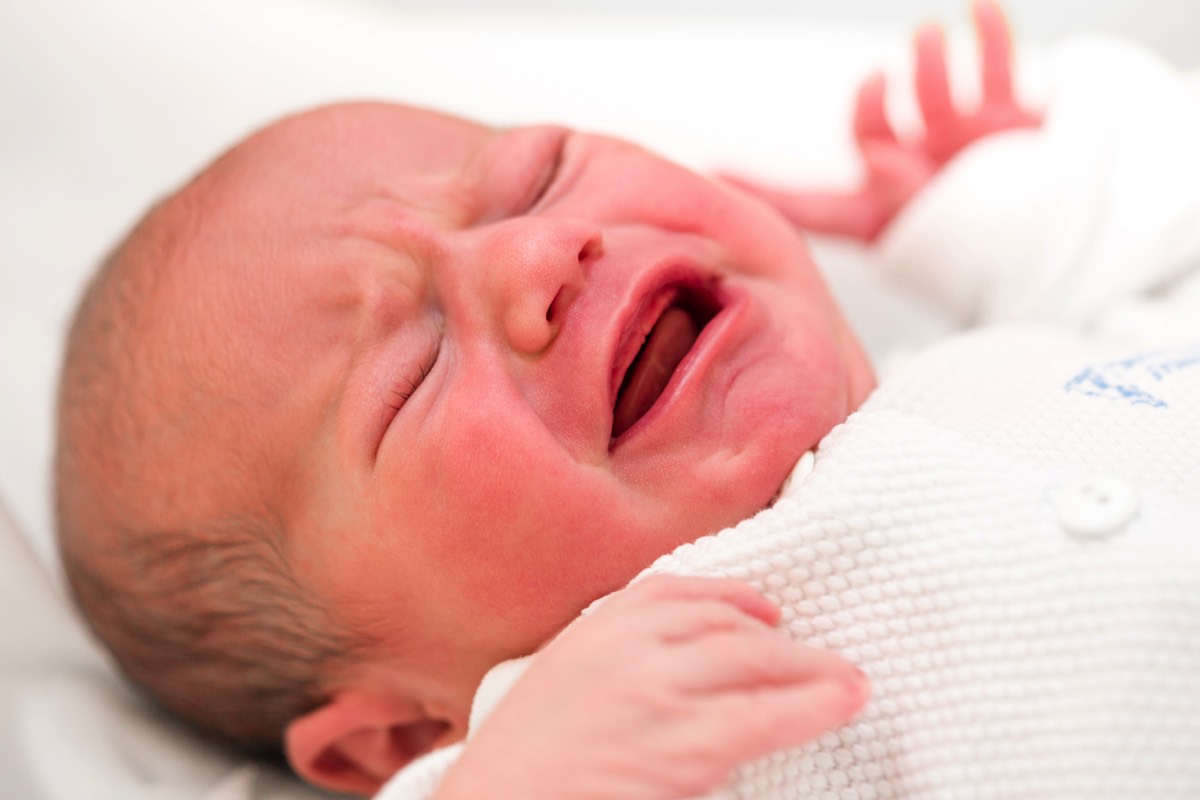
Did you have a C-section?
It usually comes as quite a surprise to the parents that planned C-section births in my experience seem to give the most irritable, fractious and poorly sleeping babies. It seems strange as you would think your baby had avoided the trauma of the contractions of a normal delivery and also any instrument intervention, like forceps or ventouse.
However, I say to parents to try and imagine what it’s like to be curled up in a tight ball, floating in the warmth of your tummy to then be pulled out into bright lights and action! A bit of a shock I think and it’s this shock that seems to set irritability into some babies born this way. In fact the more fractious babies I see after C-section the more I realise how powerful the vaginal delivery process is at waking the baby up into the world, even if that is quite dramatic in itself.
C-section babies tend to want to be held all the time and walked around and jiggled because this contact and movement calms them. It’s a bit like rubbing your knee after you have banged it, the extra sensation of the rubbing takes your mind off the underlying knock.
You also mention your baby girl won’t lay on her back. This is another classic sign of a C-section baby. You may also find that she prefers to be held up in a little ball on your chest and when she does lay on her back she pulls her legs up in the air. They also in general like being in their car seat as this holds them in a slightly curled position too. What your baby is doing here is tending to want to stay in the same shape as she was inside you, curled up in the foetal position. When a baby is born through the vaginal canal they get stretched out so they don’t remain curled in a ball so much.
Cranial osteopathy is really amazing at unwinding these patterns you are describing in your baby. By very gently working on the babies head, spine and low back they will lengthen out and find laying on their back easier. Mothers always mention that after the treatment their baby is happier just laying by themselves, not crying, under their play gym on in their cot or on a blanket. This can give you some much need time to get a few personal things done or even get to the loo or have shower without a crying baby in the background.
Did you have a long traumtaic birth that was assisted with instrutments?
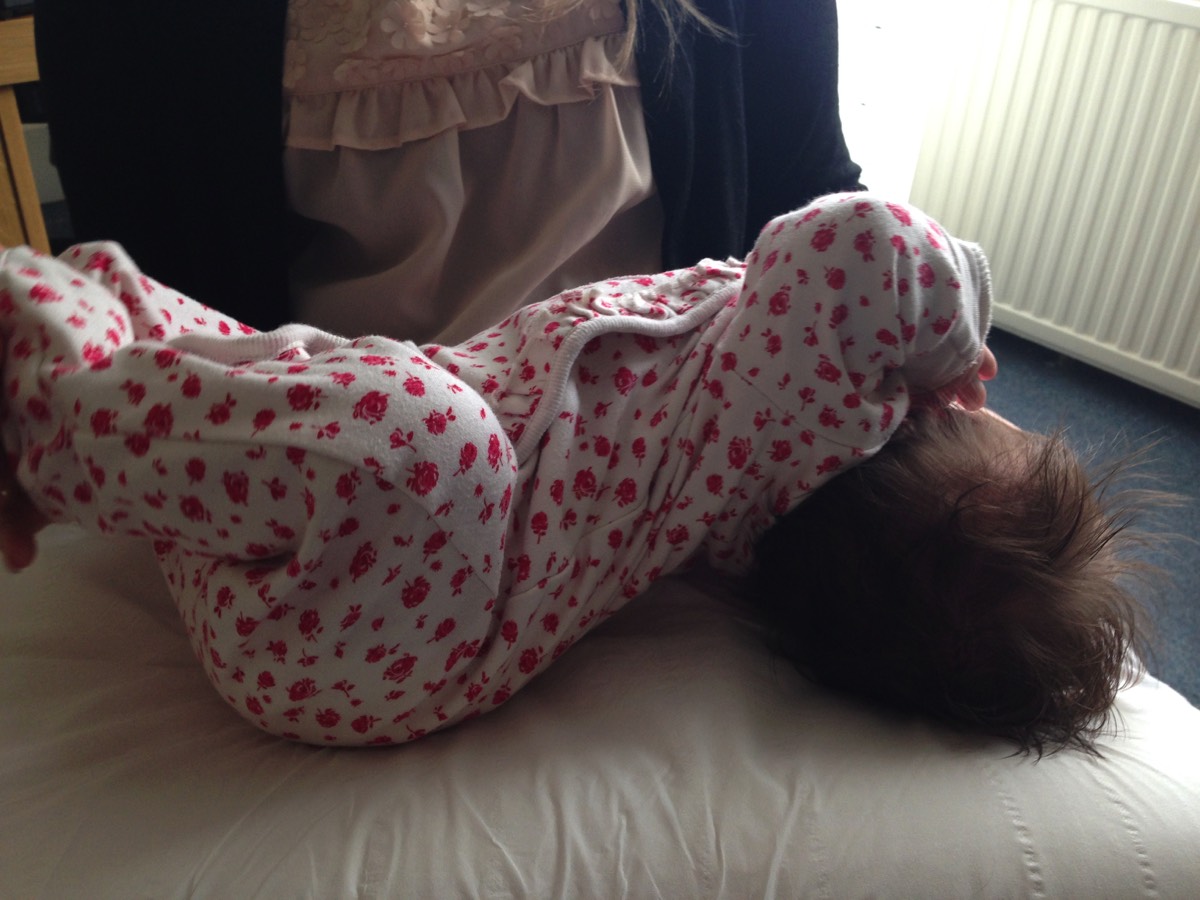
This is a classic back arching baby. Her birth was long and at the end stages she had a lot of contractions where she didn’t move much and so she got pushed into this pattern. Cranial osteopathy gently unwinds this arching pattern and make the baby much happier and able to lay on her back.
Disclaimer: Osteopaths are not allowed to say they can “treat” specific baby conditions, such as colic because no paid for research has been done showing it can help. What we actually have is 1000’s of parents spreading the word that their baby has benefitted in some way. Cranial sacral treatment looks at the baby as a whole, not as treating a “colic baby” or “reflux baby” anyway. Having said this probiotics have scientifically been studied to ease colic, so in this instance it would be allowed to say that probiotics help colic. Probiotics are used very often within the holistic approach to helping babies.




